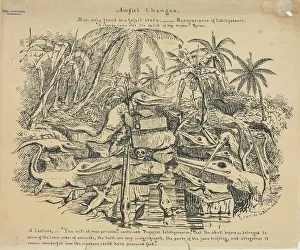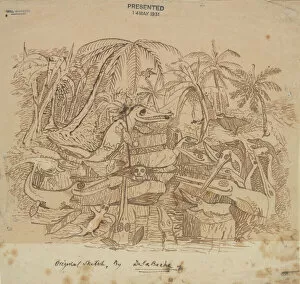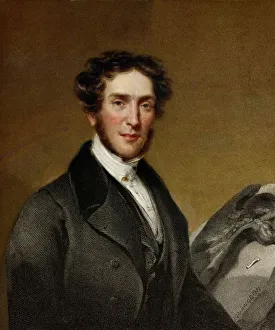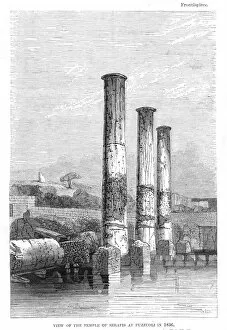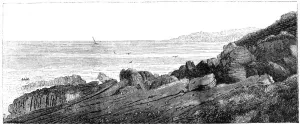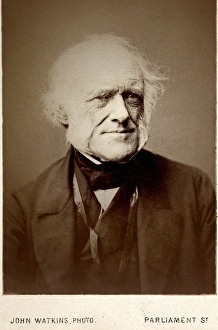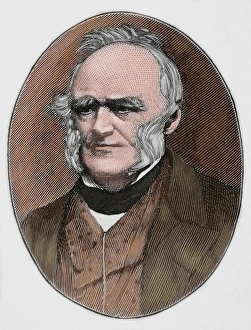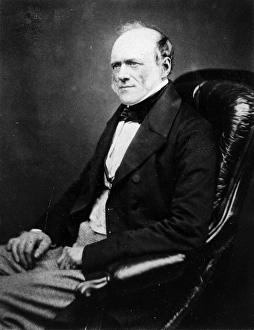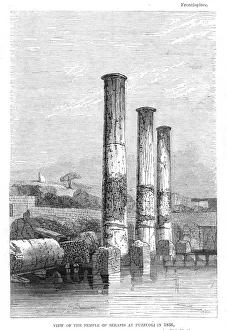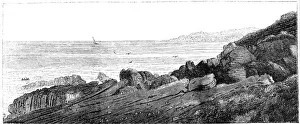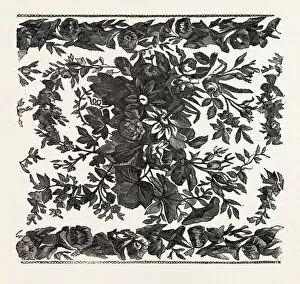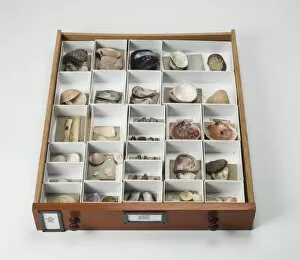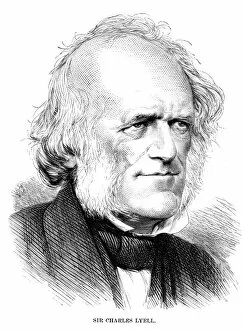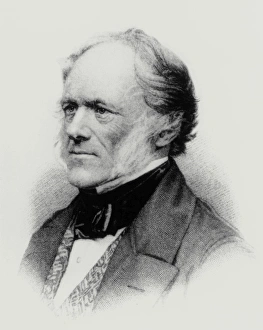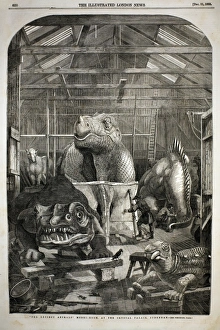Lyell Collection
"Unveiling the Layers: Exploring the Legacy of Lyell" Step into a world where awful changes are captured in cartoons
All Professionally Made to Order for Quick Shipping
"Unveiling the Layers: Exploring the Legacy of Lyell" Step into a world where awful changes are captured in cartoons, as we delve into the intriguing life and contributions of Lyell. From Gideon Mantell's groundbreaking discovery of iguanodon to the Victorian era's Mount Lyell Copper Mine in Tasmania, this captivating figure has left an indelible mark on history. Sir Charles Lyell, a distinguished geologist from Scotland, made significant strides in his field during his tenure from 1843-47. His partnership with David Octavius Hill and Robert Adamson resulted in awe-inspiring creations such as "Awful Changes Cartoon, " showcasing nature's transformative power. Lyell's influence extended beyond his time, earning him recognition as Sir Charles Lyell, 1st Baronet - a Scottish lawyer and geologist who continued to shape our understanding well into the late 19th century. Even in the 20th century, his work remained relevant and impactful. Not limited to scientific endeavors alone, Charles Lyell showcased his artistic talents through works like "Temple of Serapis at Puzzuoli" and "Strata of Red Sandstone. " These masterpieces exemplify both his geological expertise and artistic prowess. As we explore this remarkable individual's chronology through Charles Samuel Keene's artistry in 1869, it becomes evident that Sir Charles Lyell was more than just a scientist; he was an innovator whose legacy continues to inspire generations today. Join us on this journey through time as we unravel the layers surrounding one of history's most influential figures - Sir Charles Lyell.

